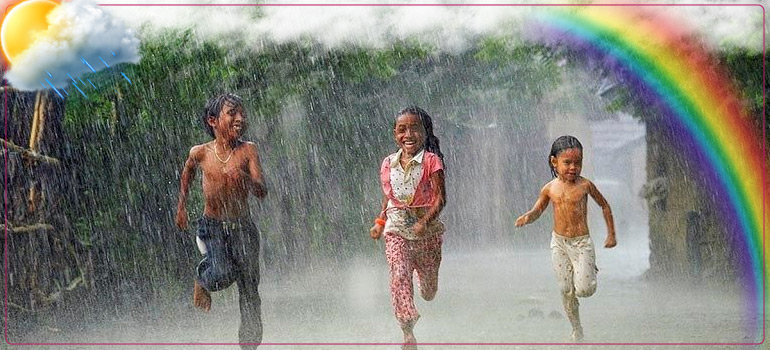Our member Ms T. Ray was fortunate to be associated with people of a royal family in Hyderabad. She shares a beautiful chapter of her life spent there.
It was in the 70s that my husband had taken up a job in Hyderabad and I had the opportunity to travel there and stay for nearly six years in that city. We stayed on the first floor of a rented apartment which also had an open terrace in front. From there I could see the hillock with a beautiful bungalow on it. I had an instant attraction towards it. The classical music flowing out of that house enchanted me. Coincidentally, the owner of the bungalow too had heard music being played somewhere around and realised that it was in my house. One day, while I was standing on the terrace enjoying the beauty around while drying my long-wet hair, she saw me. She immediately realised that I was a Bengali, as this was a general practice of all Bengalis to wet their hair every day. There was an instant connection and she sent a chit with an invitation to visit her at her bungalow.
I found this fantastic and went at the allotted time to meet her. It was a fabulous bungalow and I realised that the owner was the descendent of a King’s family. The best thing was that the owner didn’t have any airs about her status unlike others. She made connections irrespective of her status, lineage or wealth. What mattered to her most were the people with whom she interacted, their skills and their behaviour. That made her a fantastic human being. I was blessed to come in touch with her and know her. I called her Rani aunty.
Just the way she looked majestic; the bungalow too was magnificent. As one stepped onto the premise one found a few steps leading to a lawn and a children’s park. The entrance of the bungalow led to a small sitting area which was meant for unknown visitors and outsiders, which in turn led to another room where people a little more known were made to sit. Relatives and very close friends were allowed in the innermost drawing room which was the biggest and royally decorated.
They were music lovers. Rani aunty was a descendant of one of the Kings family of Andhra Pradesh. She was interested in music and had a regal taste. Whether it was decorating the house or receiving and taking care of guests or her taste for food or music, everything reflected royalty and exquisiteness which she must have inherited from her family. She loved people, loved socializing and would easily mingle and accept anyone who her heart relied on. No wonder I too got a chance to be associated with her which turned to a very close and strong relation and I was fortunate to be invited to all the parties that they hosted. I had become more like a family member. A person whom she could easily trust and speak with.
There used to be a lot of celebrations at their house, on a regular basis. What touched me most was their family bonding. Her husband was a Gujarati from a business family, and as Gujaratis are, they too loved enjoying with their family members, relatives and maintained strong, close bonds with them. That also helps them grow their business and make them economically sound. Uncle was a Doctorate in Music from Banaras University. He was a splendid musician trained in classical music. Three rooms of their magnificent house were dedicated to musical instruments of all kinds. I expressed my wish to perfect my singing skill under his guidance. He humbly said that I was already pretty good at it, but he would definitely be a mentor and polish my skill. I was honoured. Neither was I from a wealthy family nor matched their status, yet their accepting me made as a near and dear one made me feel overwhelmed and special.
For years, whenever I went to Hyderabad I was invited to her place, where I had a lovely time. Those are everlasting memories of my life.
Categories

